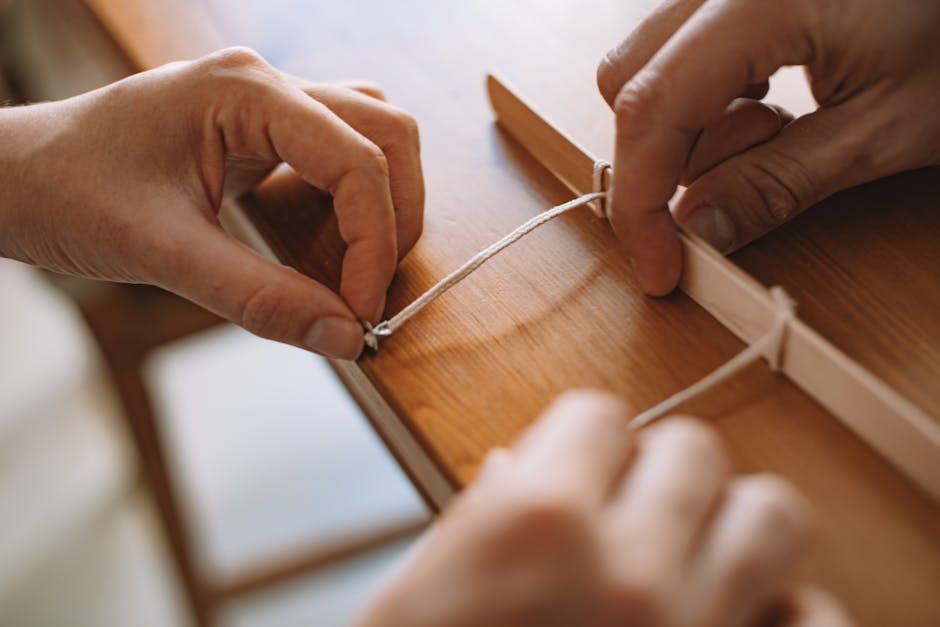Behind the Counter: A Daydream in Japanese Fried Delights at the Sozai Shop

Behind the Counter: A Daydream in Japanese Fried Delights at the Sozai Shop
Stepping into a local sozai shop is like stepping into a beautifully curated daydream. Forget the fluorescent lights and mass-produced fare of chain restaurants. This is a place where craftsmanship meets culinary artistry, where the aroma of soy sauce and sesame oil dances with the promise of a satisfying, perfectly balanced meal. As a devoted admirer of Japanese aesthetics and everyday elegance, spending time "behind the counter," even just in my imagination, offers a fascinating glimpse into a world where even fried food can be an elevated experience. So, let's tie on our aprons and peek behind the scenes!
The Visual Symphony of the Sozai Shop

The first thing that strikes you about a well-designed sozai shop, even before the intoxicating smells, is the visual harmony. It's a carefully considered composition, a study in textures and colours that whispers, "Welcome, relax, and enjoy."
Imagine:
- Wooden Display Cases: No sterile stainless steel here! Warm, natural wood is the star, providing a grounding contrast to the bright, vibrant colours of the food. Think light-stained cypress or dark, lacquered cedar, highlighting the artisanal nature of the offerings.
- Chilled Glass Cabinets: Behind these cool glass panels, the sozai await their moment. Each dish is meticulously arranged, showcasing the different textures and ingredients. Picture perfectly stacked karaage (Japanese fried chicken), glistening korokke (croquettes), and vibrant salads teeming with seasonal vegetables.
- Handwritten Menus: Forget generic printed flyers. The menu is a work of art in itself, often written in elegant calligraphy on traditional washi paper. It adds a personal touch, a connection between the shop and the customer. The descriptions are mouthwatering, using evocative language to entice the senses.
- Thoughtful Lighting: Subtle, warm lighting highlights the food's natural colours and textures. No harsh fluorescent glare here! Instead, carefully placed spotlights or pendant lamps create a cozy, inviting atmosphere.
- Minimalist Decor: Less is more. A simple arrangement of seasonal flowers, a delicate noren curtain at the entrance, or a single piece of calligraphy art can speak volumes. The focus remains on the food and the overall experience.
The arrangement isn't just about aesthetics; it's also about practicality. The most popular items are strategically placed for easy access, while seasonal specialties are given prominent display to pique interest. It's a dance between form and function, a key element of Japanese design.
The Art of the Fry: Precision and Patience

Now, let's talk about the star of the show: the fried food itself! It's not just about tossing ingredients into hot oil; it's a delicate process that requires skill, precision, and a deep understanding of ingredients.
The perfectly crisp karaage, for example, is an exercise in culinary physics. The chicken is marinated in a blend of soy sauce, ginger, and garlic, then coated in a mixture of potato starch and flour. The secret to its light, airy texture lies in the double-frying technique: a low-temperature fry followed by a higher-temperature fry to achieve that signature golden-brown crust.
Korokke, those creamy, comforting croquettes, are another testament to Japanese culinary ingenuity. Mashed potatoes are combined with ground meat, vegetables, or seafood, then breaded with panko breadcrumbs for a satisfyingly crunchy exterior. The key is to use fresh, high-quality ingredients and to avoid over-frying, which can lead to a greasy, unappetizing result.
Even seemingly simple dishes like tempura require a practiced hand. The batter is made with ice-cold water and a special blend of flour, ensuring a light, delicate coating that allows the natural flavours of the vegetables and seafood to shine through. The oil temperature must be carefully monitored to prevent the batter from becoming soggy or oily.
Behind the counter, you'll find a dedicated team of chefs, each with their own area of expertise. One might be responsible for the karaage, another for the korokke, and yet another for the delicate art of tempura. It's a collaborative effort, a symphony of culinary skill that results in a delectable array of fried delights.
The Customer Connection: More Than Just a Transaction

A sozai shop isn't just a place to grab a quick bite; it's a community hub, a place where people connect over their shared love of good food. The staff are more than just salespeople; they're knowledgeable guides, offering recommendations and sharing stories about the dishes.
Imagine a conversation:
Customer: "Oh, the ebi furai looks delicious! What kind of dipping sauce do you recommend?"
Shopkeeper: "Ah, the ebi furai is a popular choice! It's made with fresh, locally sourced shrimp. I recommend pairing it with our homemade tartar sauce, which has a hint of yuzu for a refreshing citrus flavour. Or, if you prefer something lighter, try it with a squeeze of lemon and a pinch of sea salt."
It's this personal touch that sets a sozai shop apart from mass-produced fast food. The staff take pride in their work and are genuinely passionate about sharing their love of Japanese cuisine with their customers.
In addition to the friendly banter, the shop often offers samples of new or seasonal dishes, allowing customers to discover new flavours and expand their culinary horizons. It's a generous gesture that fosters a sense of community and loyalty.
Embracing Seasonal Delights: A Celebration of the Moment

Like any good Japanese establishment, the sozai shop embraces the changing seasons, offering dishes that highlight the freshest, most flavourful ingredients available.
In spring, you might find fukinoto tempura (butterbur sprouts), with their slightly bitter, earthy flavour. Summer brings refreshing hiyashi chuka (cold ramen noodles) topped with colourful vegetables and grilled chicken. Autumn is the time for kaki fry (fried oysters), a seasonal delicacy that embodies the rich flavours of the sea. And in winter, nothing beats a warm bowl of oden, a comforting stew featuring a variety of simmered ingredients like fish cakes, daikon radish, and boiled eggs.
This dedication to seasonal ingredients not only ensures the highest quality and flavour but also reflects a deep respect for nature and the rhythms of the earth. It's a reminder to slow down, appreciate the present moment, and savour the simple pleasures of life.
The Packaging Perfection: Beauty in the Takeaway

Even the takeaway packaging reflects the Japanese aesthetic. Forget flimsy styrofoam containers! The sozai are carefully packed in elegant bento boxes or paper containers, often adorned with delicate designs or calligraphy.
The presentation is impeccable. Each dish is neatly arranged, ensuring that it looks as appealing on the go as it does in the shop. A small packet of soy sauce, a pair of chopsticks, and a moist towelette are thoughtfully included, completing the experience.
The packaging isn't just about aesthetics; it's also about sustainability. Many shops are now using eco-friendly materials like bamboo or recycled paper, reflecting a growing awareness of environmental responsibility.
It's this attention to detail, this commitment to quality in every aspect of the experience, that makes a visit to a local Japanese sozai shop so special. It's a chance to indulge in delicious, authentic cuisine while appreciating the beauty and artistry of Japanese culture.
Bringing the Sozai Spirit Home

While nothing quite compares to the experience of visiting a local sozai shop, we can certainly incorporate the principles and philosophy into our own home cooking and daily routines.
Here are a few ideas:
- Embrace Simplicity: Focus on fresh, high-quality ingredients and let their natural flavours shine through. Don't overcomplicate things!
- Pay Attention to Presentation: Arrange your food artfully on the plate, even if it's just a simple snack. Use beautiful tableware and serving dishes to elevate the experience.
- Practice the Art of Gratitude: Take a moment to appreciate the food you're about to eat, acknowledging the effort and care that went into its preparation.
- Incorporate Seasonal Ingredients: Visit your local farmers market and experiment with seasonal produce. This will not only enhance the flavour of your dishes but also connect you to the rhythms of nature.
- Create a Calming Atmosphere: Light a candle, play some relaxing music, and create a peaceful environment for your meal.
By embracing these principles, we can bring the spirit of the Japanese sozai shop into our own homes, creating moments of beauty, connection, and simple joy in our everyday lives. So, the next time you're craving a delicious and aesthetically pleasing meal, remember the charm and artistry behind the counter at your local Japanese fried food sozai shop. It's more than just a meal; it's an experience, a celebration of Japanese culture, and a reminder to appreciate the beauty in the everyday. Itadakimasu! (Let's eat!)
Post a Comment